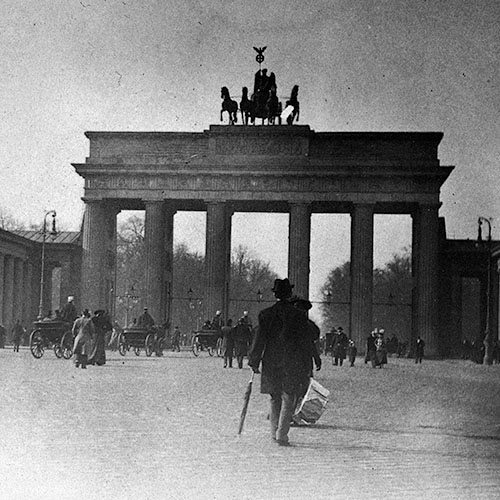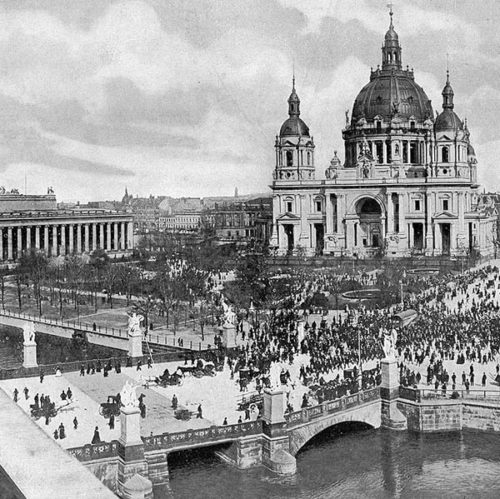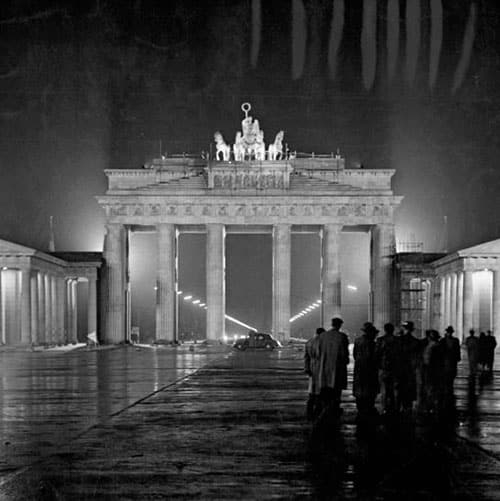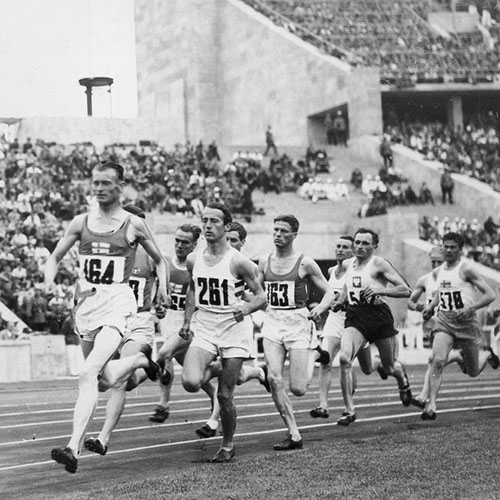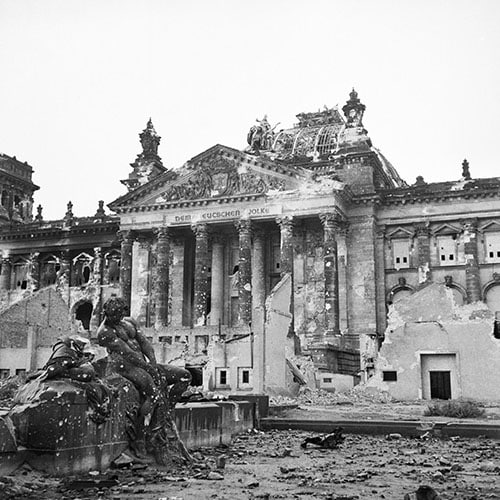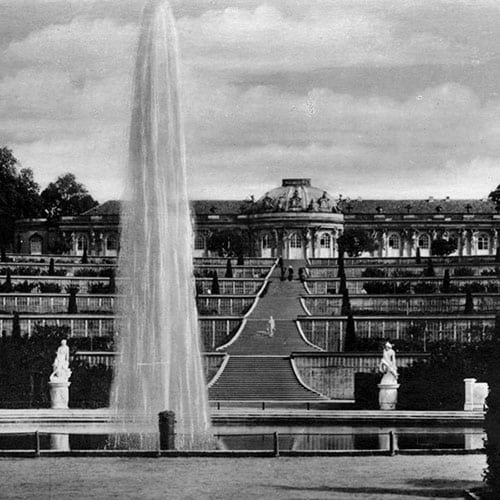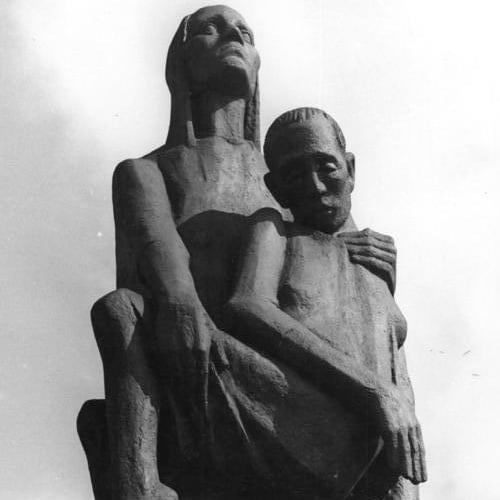“Anyone who thinks of homosexual *love* is our enemy. We reject anything which emasculates our people and makes it a plaything for our enemies, for we know that life is fight, and it is madness to think that men will ever embrace fraternally.”
Heinrich Himmler – May 14th 1928
The early morning air of June 30th 1934 at the Hotel Hanselbauer in Bad Wiessee was thick with the kind of damp Bavarian chill that seeps into the bones.
But the cold outside was nothing compared to the ice in the heart of the man stepping out of the convoy of Mercedes limousines. Adolf Hitler, wearing a leather trench coat and clutching a riding crop, marched past the stunned SS guards and kicked open the door to a bedroom.
Inside lay Ernst Röhm, the scarred, bellicose leader of the Sturmabteilung (SA)—the Nazi street army that had battered Hitler’s way to power. He was groggy with sleep, perhaps hungover. He was also likely in bed alone, though the man in the adjacent room, SA Obergruppenführer Edmund Heines, was decidedly not; Heines was discovered in bed with a young male stormtrooper.

This moment, the ignition spark of the ‘Night of the Long Knives’, is the pivotal scene in the drama of Nazi sexuality.
For years, Hitler had dismissed warnings about the ‘homosexual clique’ running his militia. He had turned a blind eye to the scandals of the Munich underworld, protecting Röhm as an indispensable soldier.
Yet, on that morning in Bad Wiessee, the narrative shifted violently.
When Hitler returned to Berlin to justify the extrajudicial murders of his old comrades to the Reichstag, he didn’t speak of political rivalry or the army’s demands. He spoke of a moral cleansing. He painted a lurid picture of a sect of perverts conspiring against the German spirit.
It was a masterstroke of gaslighting.

The regime that would go on to brand homosexuals with the pink triangle and murder them in the thousands laid its foundation on the corpses of gay men who had helped build it.
This contradiction has fueled a fire that has burned for nearly a century.
How could a movement so obsessed with hyper-masculinity be led by men like Röhm? And what of the asexual, peculiar void at the center of it all?
As historians, we must look past the post-war caricatures.
To understand the myth of Hitler’s sexuality, we cannot simply rely on internet gossip; we must open the dusty diaries of the 1920s, examine the destroyed archives of the Institut für Sexualwissenschaft, and scrutinise the strange, suffocating relationships the dictator held with women.
–
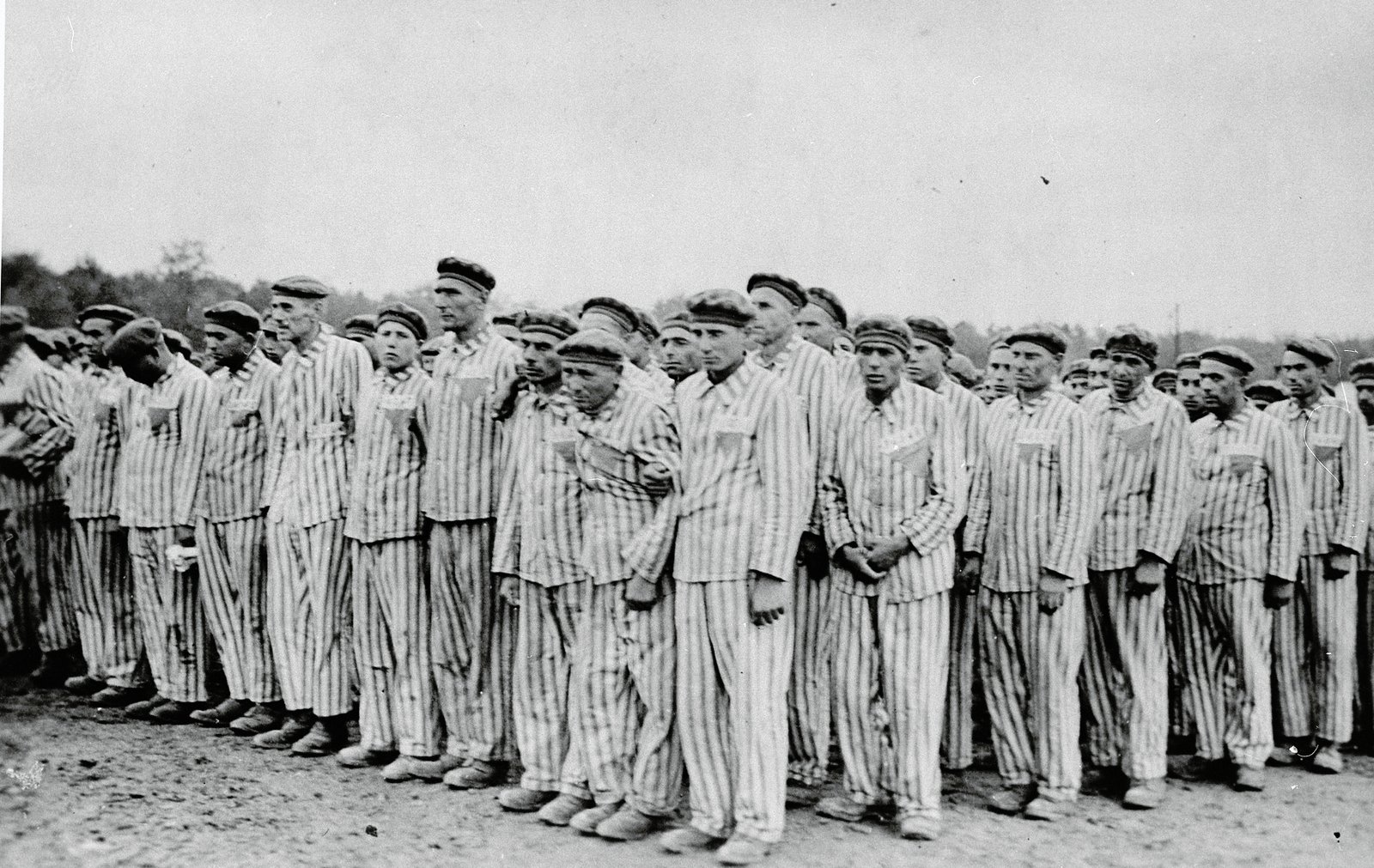
The Blood Purge and the Paradox of Paragraph 175
“They [the SA leaders] were not revolutionaries; they were homicidal perverts… who gathered together in a conspiratorial clique.”
Adolf Hitler, Reichstag speech, July 13th 1934, justifying the ‘Night of the Long Knives’
To understand the rumor mill surrounding Hitler, one must first understand the peculiar climate of the early Nazi movement.
It is a historical irony that the party which would later attempt to eradicate homosexuality gathered significant early momentum in the beer halls of Munich, a city with a robust, if understated, male subculture.
The centerpiece of this paradox was Ernst Röhm.
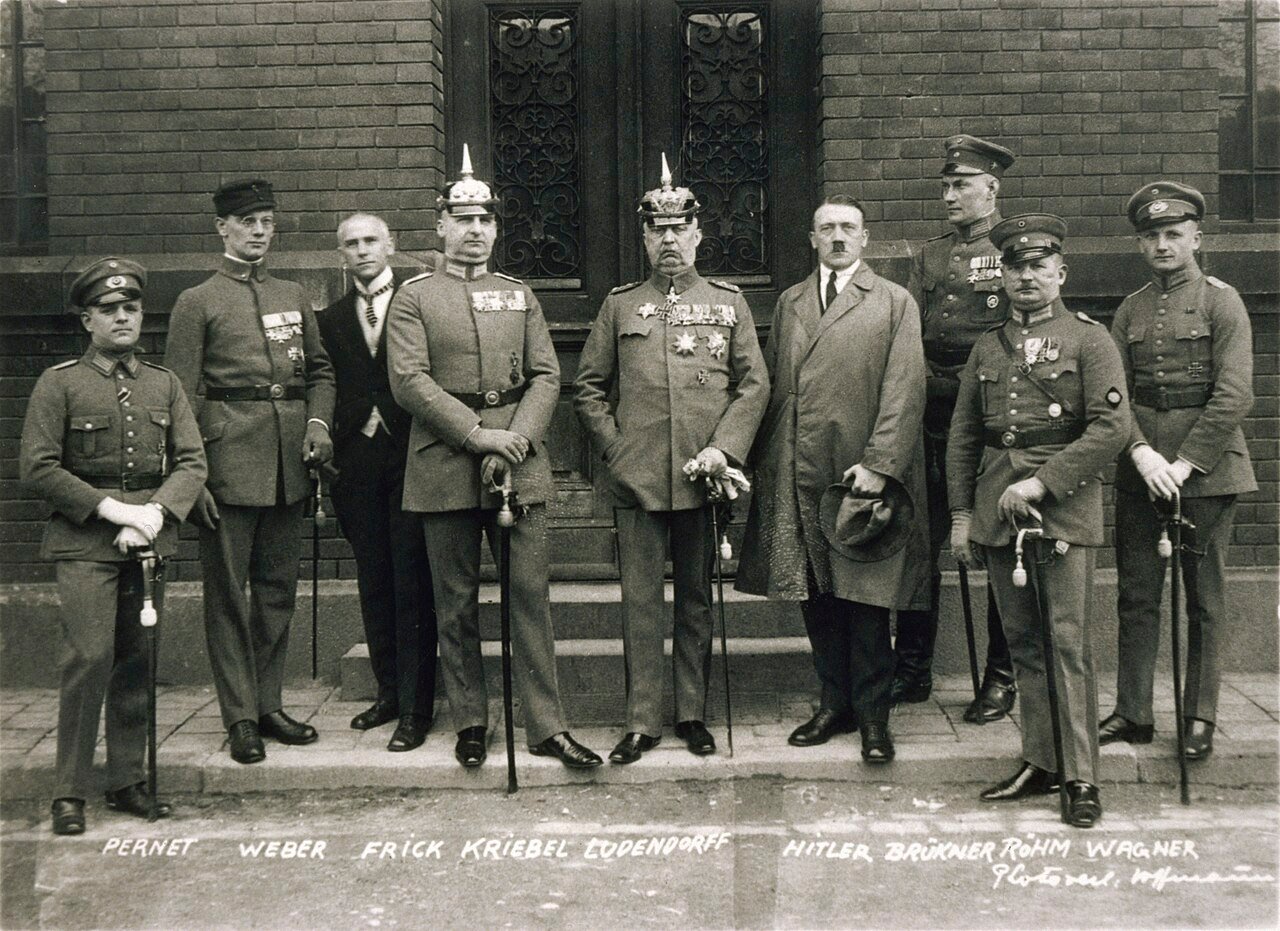
As highlighted by historian Volker Ullrich in his definitive biography, Röhm did not hide his sexuality from his inner circle. He was a man who believed that the homosexual nature—specifically the aggressive, militaristic bonding of the warrior class—was superior to the bourgeois heterosexuality of the establishment. In Röhm’s view, the new Germany would be built by a brotherhood of fighters, untethered by the ‘effeminate’ concerns of family and domesticity.
Hitler was acutely aware of this.
We have letters and testimony confirming that complaints about Röhm’s behavior were brought to Hitler as early as the mid-1920s. His reaction was typically Machiavellian: he didn’t care. As long as the SA terrorized the Communists and kept the streets unsafe for democracy, Röhm’s bedroom activities were a private matter. This pragmatic tolerance has led some observers, notably the historian Lothar Machtan in his controversial work The Hidden Hitler, to suggest that Hitler’s leniency stemmed from a shared affinity—that he protected Röhm because he saw himself in him.
However, the ‘Night of the Long Knives’ suggests the opposite. When the German Army (the Reichswehr) demanded the neutralisation of the unruly SA, Hitler sacrificed his old friends without blinking. The subsequent propaganda blitz, orchestrated by Joseph Goebbels, was a turning point.
They weaponised the existing German law—Paragraph 175 of the penal code.

Originally drafted in 1871 under Kaiser Wilhelm I, Paragraph 175 criminalised sexual acts between men. Following the ‘Röhm Purge’, the Nazis introduced Paragraph 175a, drastically widening the definition of ‘criminally indecent activities’ to include even a look or a touch.
Hitler’s use of homosexuality as the pretext for the ‘Night of the Long Knives’ was a cynical signal to the conservative German middle class.
It said: The revolution is over.
We are returning to traditional morality.
By murdering the leadership of his own paramilitary, and dismissing their ‘perversions’, Hitler inoculated himself against accusations of degeneracy. He created a blood-soaked distance between himself and the ‘vice’ of the SA. It was the act of a man annihilating a liability.
To be sure, the justification provided that the ‘Night of the Long Knives’ was about rooting out degeneracy – as well as traitorous intent – is no clear indication of Adolf Hitler’s sexuality.
It does, however, stand as a concrete example of political expediency – making use of the situation to kill two birds with one stone. Not only were the SA traitorous but more so because of their ‘perversions’.
A clear illustration of the politicisation of sexuality in Nazi Germany.
–

Kinder, Küche, Kirche - Sexuality In Nazi Germany
“It is vital we rid ourselves of [homosexuals]; like weed we must pull them up, throw them on the fire and burn them. This is not out of a spirit of vengeance, but of necessity; these creatures must be exterminated.”
Heinrich Himmler, head of the SS – Feb 18th 1937
The myth that the Nazi party was somehow a “gay organisation” often ignores the story of what happened in May 1933 at the Institut für Sexualwissenschaft (Institute for Sexual Research) in Berlin’s Tiergarten district.
Founded by Dr. Magnus Hirschfeld, the ‘Einstein of Sex’, the Institute advocated for gay rights and offered medical support to transgender individuals decades before these became the common issues that they are now in the public domain.
When the Nazi student associations stormed the building, hauling out the busts of Hirschfeld and thousands of irreplaceable books to burn on the square next to the State Opera, they weren’t just destroying literature. They were destroying recognition. Robert Beachy, in his groundbreaking study Gay Berlin, points out a critical, often overlooked motivation for the raid: the seizure of Hirschfeld’s administrative lists. The Institute held names and addresses of patients and activists.

There is a persistent theory that the Nazis were desperate to find their own names in those files.
It is highly probable that the files contained the names of SA men and minor party officials who had sought Hirschfeld’s counsel or treatment for sexually transmitted diseases. But this destruction was also ideological.
The Nazi concept of the family was rigidly triangular: Kinder, Küche, Kirche (Children, Kitchen, Church), subservient to the state. The ideal Aryan was a breeder. A man who did not procreate was a ‘useless eater’, a dead end for the ‘Volk’.
Heinrich Himmler, the architect of the SS, was far more fanatical about this than Hitler.

Himmler saw homosexuality as a biological threat that could wipe out the Germanic race. Under his directive, the Gestapo created the Reich Central Office for the Combating of Homosexuality and Abortion. The linking of the two is significant: both were seen as crimes against the birth rate.
Despite this terror, the presence of gay men within the hierarchy—the ‘Gay Nazi’ myth—persisted.
Baldur von Schirach, the head of the Hitler Youth, was frequently the butt of jokes regarding his ‘soft’ demeanor and his fondness for bedroom decor that his rougher comrades found effeminate. These whispers, however, were largely standard political mudslinging.
Accusing a rival of homosexuality in the Third Reich was the quickest way to destroy his career. It became a catch-all slur for anyone who wasn’t performing masculinity to the party’s rigid standards.
–

Hitler The Homosexual: Rumors, Reports, and Revisionism
“Hitler’s sexuality is a black hole. It absorbs light and gives back nothing but gravity.”
Heike B. Görtemaker, Historian and author of ‘Eva Braun : Life with Hitler’
We now arrive at the vacuum where a personal life should be: Adolf Hitler.
The vacuum itself is what allows the rumors to flourish.
During his rise to power, Hitler intentionally cultivated an image of monastic celibacy, a ‘man above desire’, a leader wholly devoted to the Volk. A man without a family, without a private life, without human entanglements. A man whose sexuality appeared as blank as the expression he wore while staring down cameras.
Onto that clean white banner, people projected anything they wished.
As a dictator without a visible wife, without children, who shies away from public displays of physical intimacy is a blank canvas for projection.

The OSS “Langer” Report
In 1943, the Office of Strategic Services (the precursor to the CIA) commissioned psychoanalyst Walter C. Langer to profile Hitler. The resulting report, entitled ‘A Psychological Analysis of Adolph Hitler: His Life and Legend’, suggested Hitler might have ‘coprophiliac tendencies’ or be a ‘passive masochist’, and labeled him a probable repressed homosexual.
We must be incredibly cautious with this document.
It was a wartime product, a remote diagnosis of a man the analyst had never met, relying on gossip from defectors (like Otto Strasser) who had a vested interest in painting Hitler as a deviant monster.
The report stated that:
“The belief that Hitler is homosexual has probably developed (a) from the fact that he does show so many feminine characteristics, and (b) from the fact that there were so many homosexuals in the Party during the early days and many continue to occupy important positions. It is probably true that Hitler calls Albert Forster (Gauleiter of Danzig-West Prussia) “Bubi”, which is a common nickname employed by homosexuals in addressing their partners. This alone, however, is not adequate proof that he has actually indulged in homosexual practices with Foerster, who is known to be a homosexual.”
It tells us more about 1940s Freudianism and American propaganda aims than it does about Hitler’s actual bedroom habits.
It was a weapon of war, not a work of history.
Suprisingly, the OSS report did manage to make several accurate predictions about how Hitler’s behaviour would change as the war progressed:
As the war turns against him, his emotions will intensify and will have outbursts more frequently. His public appearances will become much rarer.
There might be an assassination attempt on him by the German aristocracy, the Wehrmacht officers or the Oberkommando der Wehrmacht.
There will be no surrender, capitulation, or peace negotiations.
From what we know of his psychology, the most likely possibility is that he will commit suicide in the event of defeat.
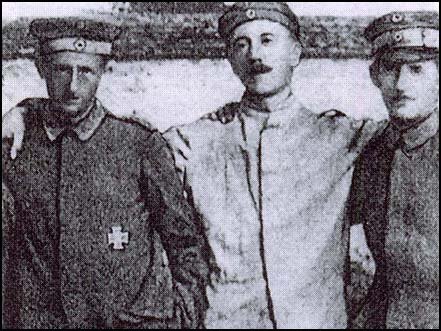
Machtan and the “Mend” Theory
In 2001, historian Lothar Machtan published ‘The Hidden Hitler’, arguing that Hitler’s First World War service was marked by sexual relationships with fellow soldiers, specifically a man named Ernst Schmidt, and later, questionable friendships in 1920s Munich. Hitler remaining a Lance Corporal throughout the war being justified by his assumed desire to remain with his male lovers in the trenches.
Machtan’s research is exhaustive, yet most peer reviewers, including Ian Kershaw and Richard Evans, found his conclusions to be a bridge too far. Machtan often reads silence as consent and friendship as sex.
Machtan quotes Hans Mend, a fellow dispatch-runner, who claimed that Ernst Schmidt and Hitler had a sexual relationship:
“We noticed that he (Hitler) never looked at a woman. We suspected him of homosexuality right away, because he was known to be abnormal in any case. He was extremely eccentric and displayed womanish characteristics which tended in that direction. He never had a firm objective, nor any kind of firm beliefs. In 1915 we were billeted in the Le Febre brewery at Fournes. We slept in the hay. Hitler was bedded down at night with Schmidt, his male whore. We heard a rustling in the hay. Then someone switched on his electric flashlight and growled, Take a look at those two nancy boys. I myself took no further interest in the matter.”
While it is true Hitler had intense, arguably homoerotic, bonds with his ‘comrades’ in the trenches, this was not uncommon in the ‘front generation’. Hitler later recalled that his regiment had taught him “the glorious meaning of a male community”
Equating trench camaraderie with an active gay identity is a leap the evidence does not fully support.

The Görtemaker Revelation
The strongest evidence against the theory of Hitler’s homosexuality lies in the mundane reality uncovered by Heike Görtemaker in ‘Eva Braun: Life with Hitler’.
For decades, historians dismissed Hitler’s long term partner, Eva Braun, as a mere “adornment.” Görtemaker proved she was the central figure of his private life.
Their relationship was kept secret not because it was a beard, but because Hitler believed his appeal to women relied on his availability. He was “married to Germany.”
Yet, at the Berghof, they shared a connected bedroom. Memoirs from household staff, valets (like Heinz Linge), and recovered letters paint a picture of a functioning, if peculiar, heterosexual relationship.
Before Braun, there was Geli Raubal, his half-niece.
The tragedy of Geli Raubal is critical.
Hitler’s obsession with her was stifling, jealous, and arguably incestuous. When she shot herself in his Munich apartment in 1931, Hitler was shattered.
This does not fit the profile of a gay man using a woman for cover; it fits the profile of a sexually inhibited, possessive narcissist whose heterosexuality was twisted by his megalomania.
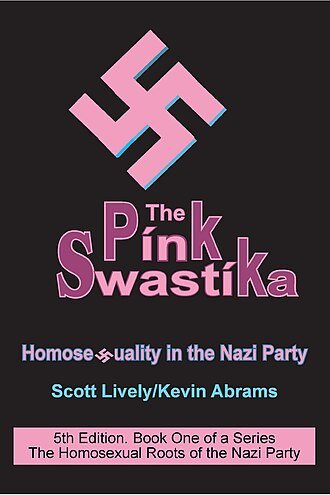
“The Pink Swastika” and the Danger of Falsehoods
We must also address the modern, malicious ‘myth-busting’ found in books like ‘The Pink Swastika’ by Scott Lively.
This literature attempts to claim that the Nazi genocide was a direct result of “gay savagery.”
This is pseudo-history at its worst.
It relies on cherry-picked quotes and the undeniable presence of Röhm to taint the entire gay rights movement with the brush of Nazism. It ignores that while Röhm was gay, the machinery of the Holocaust was built by men like Heinrich Himmler, Reinhard Heydrich, and Rudolf Höss—staunchly heterosexual family men who went home to their wives after a day of mass murder.
The likely reality concerning Hitler’s sexuality is that he was likely not ‘gay’ or ‘straight’ in the way we understand healthy relationships today.
Biographer Volker Ullrich posits that Hitler was a man whose libido was entirely sublimated into politics. He derived his ecstasy from the adulation of the crowd. That the microphone was his lover.
In private, he was prude, petit-bourgeois, and awkward. He liked younger, submissive women who wouldn’t challenge his intellect.
The evidence points not to a man hiding a gay identity, but to a man with a ‘void’ where his humanity should have been.
–
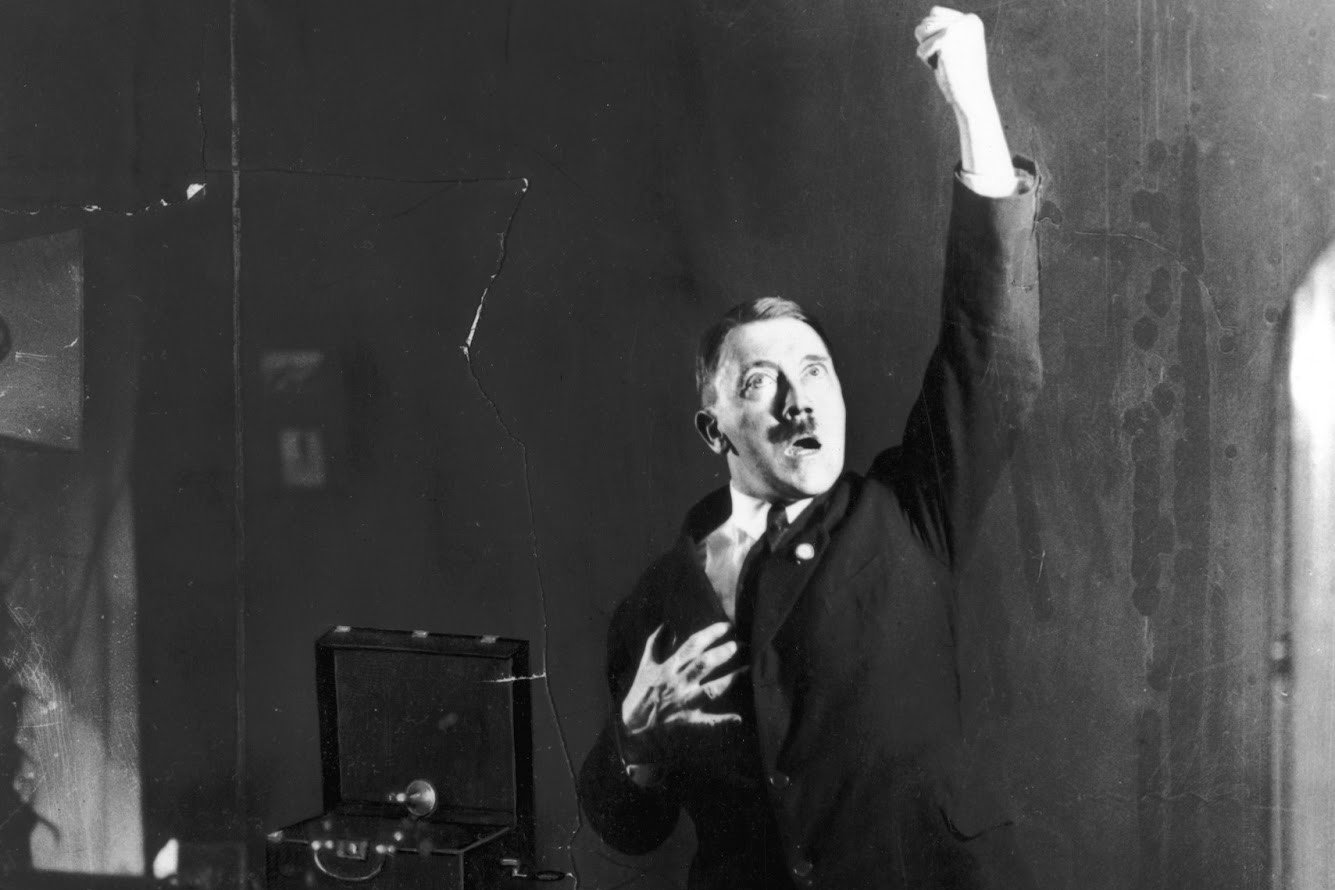
Conclusion
“To call Hitler gay is to insult gay men. He was a heterosexual prudish dictator who used morality as a weapon.”
Stephen Fry (Author and activist, speaking on revisionist history).
The question ‘Was Hitler gay?’ often tells us more about the questioner than the subject.
In the immediate post-war years, it was comforting for the Allies to believe that Hitler was a ‘sexual deviant’. If he was a pervert, then his evil could be explained by his madness; he could be ‘othered’. It is much more terrifying to accept the banality of his nature: that he was a man who subscribed to boring, traditional gender roles, who liked dogs and movies, and who slept with his girlfriend, yet still orchestrated the industrial slaughter of millions.
The historical evidence, weighing the reputable archives against the sensationalist rumors, delivers a clear verdict: Adolf Hitler was not gay.
He was a man who sanctioned the murder of his own gay friend, Ernst Röhm, to secure power. He presided over a state that terrorised homosexuals, raiding the Eldorado and the Institute for Sexual Research, erasing a vibrant culture from Berlin’s map.
While the Nazis certainly had a homoerotic undercurrent in their militaristic aesthetic, conflating that with the Führer’s personal identity is a mistake. The ‘Pink Triangle’ prisoners suffered specifically because their existence challenged the reproductive mania of the Third Reich.
To label their tormentor as ‘one of them’ is a final, cruel irony that history does not support.
***
If you’ve enjoyed reading this article, consider booking one of our private guided tours of Berlin.
Bibliography
Beachy, Robert. Gay Berlin: Birthplace of a Modern Identity. Knopf, 2014.
Evans, Richard J. The Third Reich in Power. Penguin, 2005.
Görtemaker, Heike B. Eva Braun: Life with Hitler. Knopf, 2011.
Kershaw, Ian. Hitler: 1889–1936 Hubris. W.W. Norton, 1998.
Langer, Walter C. The Mind of Adolf Hitler: The Secret Wartime Report. Basic Books, 1972.
Longerich, Peter. Himmler: The Reichsführer-SS. Oxford University Press, 2012.
Machtan, Lothar. The Hidden Hitler. Basic Books, 2001. (Note: Used as a source for the theories discussed, despite contested conclusions).
Plant, Richard. The Pink Triangle: The Nazi War Against Homosexuals. Henry Holt, 1986.
Siemens, Daniel. Stormtroopers: A New History of Hitler’s Brownshirts. Yale University Press, 2017.
Ullrich, Volker. Hitler: Ascent 1889–1939. Knopf, 2016.
HISTORICAL ARTICLES
Mythbusting Berlin
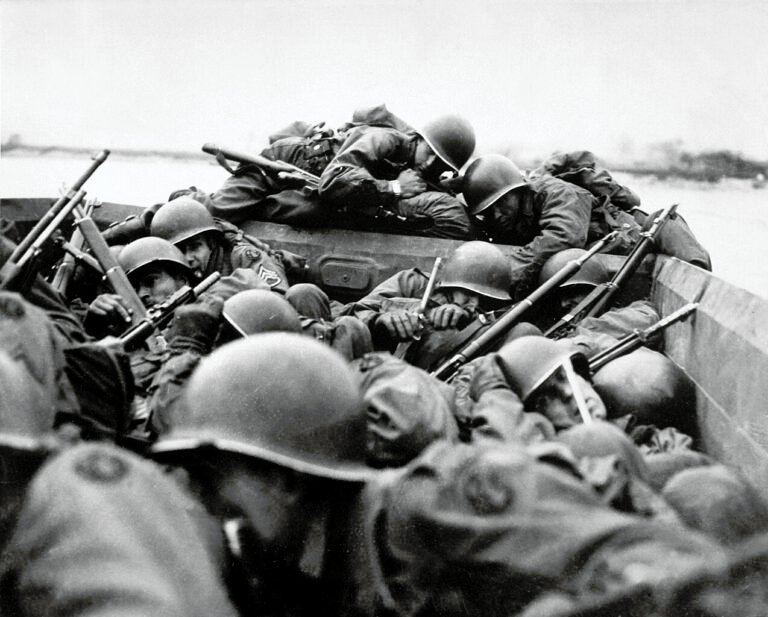
Could The Western Allies Have Captured Berlin? – Mythbusting Berlin
To contemplate a Western Allied capture of Berlin in 1945 is to challenge the established endgame of the Second World War. What was the true military and logistical feasibility of a Western Allied assault on the Nazi capital? What factors truly sealed Berlin’s fate, and what might have changed had the Allies pushed eastward?
Answering these questions means delving into the complex interplay of logistics, political maneuvering, and the competing visions for a post-war world
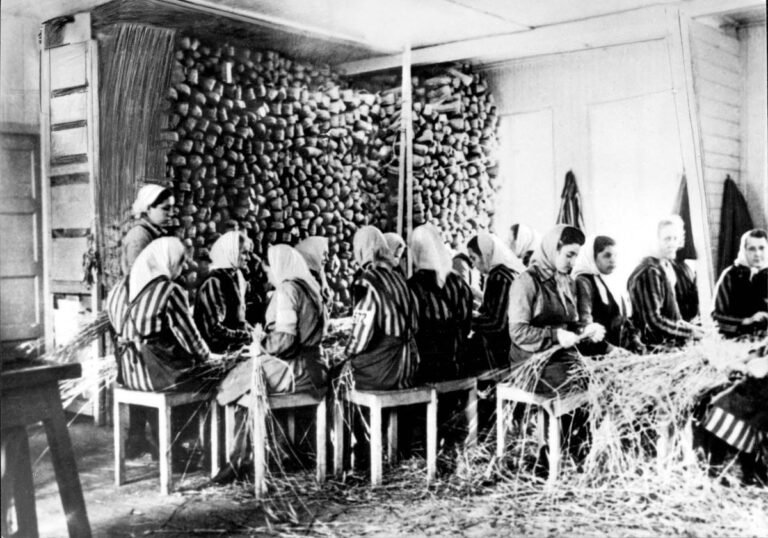
Did Any Of The Rothschild Dynasty Die In The Holocaust? – Mythbusting Berlin
The Rothschild name is synonymous with immense wealth, influence, and persistent conspiracy theories—especially during the era of Nazi Germany. Often targeted by antisemitic propaganda, the family’s survival during World War II has sparked myths about their supposed immunity from Nazi persecution. But did any Rothschild family member actually perish in the Holocaust? This article explores that compelling question, unraveling historical misconceptions and revealing the reality behind one of Europe’s most famous dynasties.
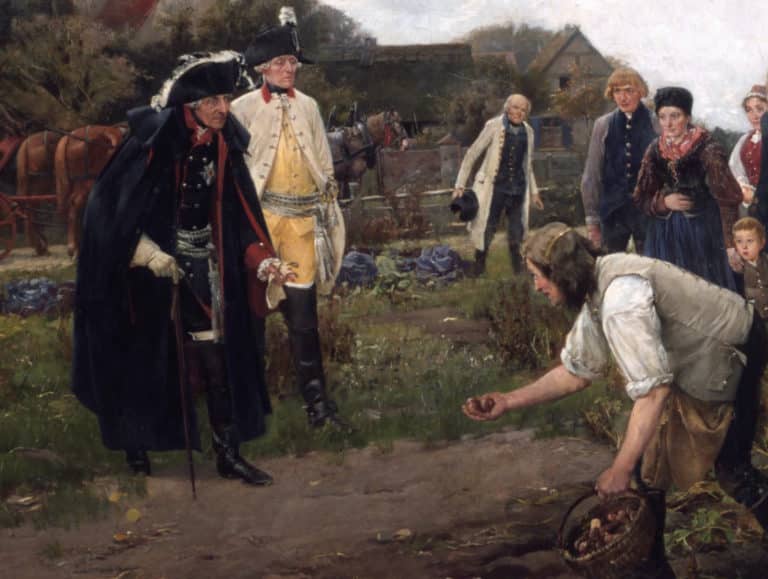
Did Frederick The Great Introduce The Potato To Germany? – Mythbusting Berlin
One of the more bizarre claims to fame attributed to the first King of Prussia is that the man who would go down in history known as Frederick the Great introduced the potato to Germany during his reign back in the 1700s. This starchy root vegetable has undoubtedly become a staple part of German cuisine – an essential addition to any plate of Schnitzel, Schweinshaxn, and Königsberger Klopse – however, whether Frederick the Great is
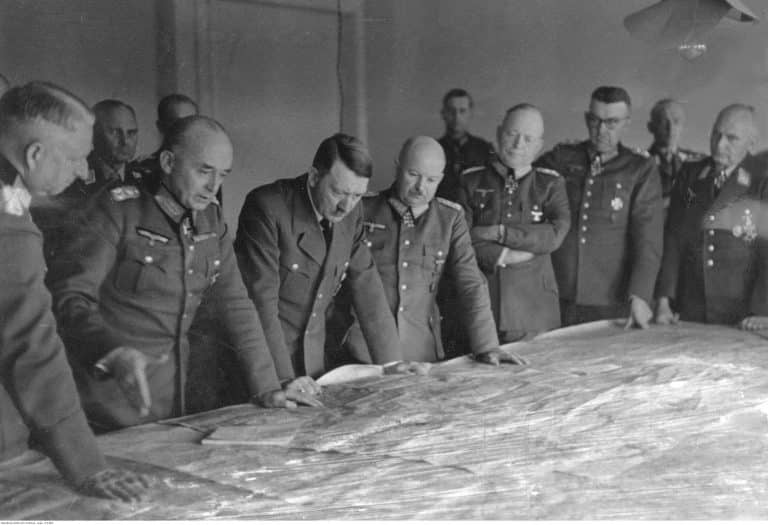
Did Hitler Escape To Argentina In 1945? – Mythbusting Berlin
Although Nazi leader, Adolf Hitler, certainly remains an inescapable figure, could there be any truth to the story of his escape to Argentina in 1945? That the most wanted man on earth could simply vanish, to spend the rest of his life peacefully in South American obscurity captivates imaginations. Yet, despite numerous investigations, this tale persists primarily as myth—fueled by speculation, hearsay, and conspiracy theories.
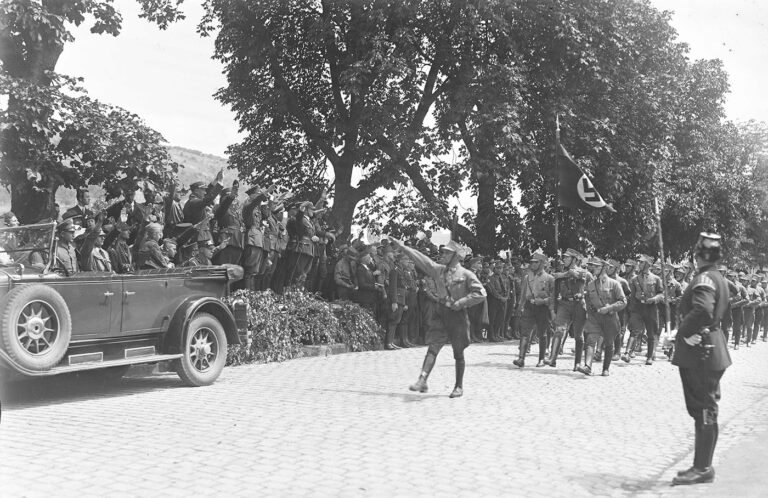
Did Hugo Boss Design The Nazi Uniforms? – Mythbusting Berlin
The idea that Hugo Boss – the man whose name now adorns expensive suits and fragrances – was the creative genius behind the Nazi uniforms suggests a terrifying collision of haute couture and holocaust – a marriage of high style and high crimes. The image is striking: a German tailor sketching the ultimate villain’s costume. But history, as usual, is far messier, more bureaucratic, and more banal than the internet memes suggest. To understand who
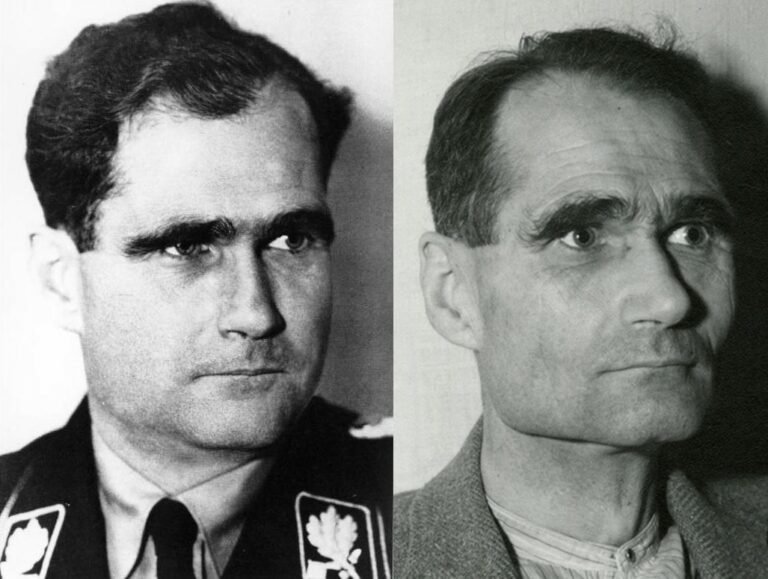
Did Rudolf Hess Really Commit Suicide? – Mythbusting Berlin
On a summer’s day in 1987, the last Nazi war criminal of the Nuremberg trials was found dead in a prison built for hundreds, yet for two decades, housed only him. The official verdict was suicide, a straightforward end to a life defined by fanaticism, delusion, and contradiction.
But the simplicity of the report belied the complexity of the man and the 46 years he had spent in Allied custody. In the meticulously controlled
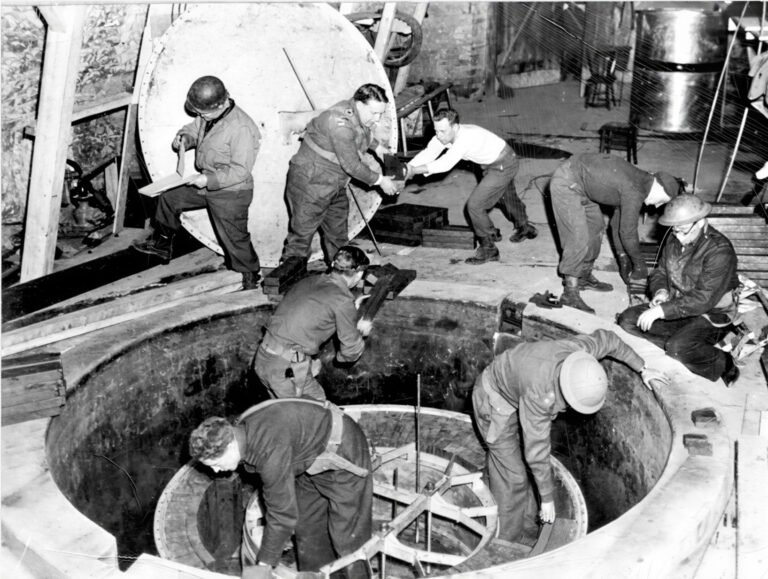
Did The Nazis Develop Nuclear Weapons? – Mythbusting Berlin
The Nazi obsession with super-weapons became so serious in the closing stages of the Second World that Adolf Hitler personally believed that such ‘Wunderwaffen’ both existed in a usable form – and would save the country from defeat. Had the Nazis managed to develop nuclear weapons by 1945 – the outcome of the war would surely have been different. But how close were Hitler, Himmler, and his henchmen to developing an A-bomb?

Did The Nazis Invent Decaf Coffee? – Mythbusting Berlin
Persistent rumors claim that Nazis preferred their coffee anything but pure, leading some to wonder if they might have influenced the development of decaffeinated coffee. Although decaf was already widely available across Europe by the mid-20th century, speculation continues: could the Nazis really have played a role in popularizing—or even discovering—this caffeine-free alternative, or is this simply another caffeinated conspiracy cooked up to sensationalize an ordinary historical detail?

Did The Nazis Invent The Bicycle Reflector? – Mythbusting Berlin
The fruits of wartime ingenuity are plenty – so many, in-fact, that it has become somewhat of a worn cliche that as the guns start firing the innovators get to work, often solving problems while providing more problems for the enemy to overcome.The kind of progress that results in the production of newer improved, more lethal weapons, such as to increase the chances of victory.
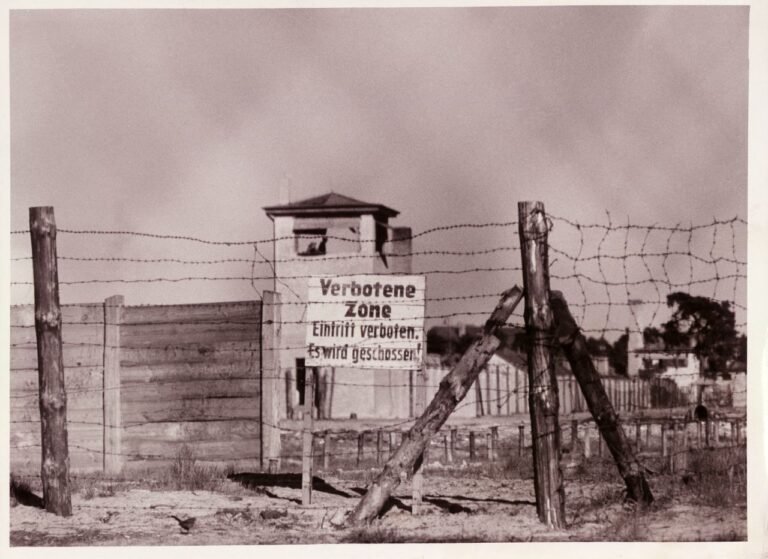
Did The Nazis Run The Largest Counterfeiting Operation In History – Mythbusting Berlin
During the Second World War the Nazis masterminded an astonishing plot to destabilise Britain by flooding its economy with counterfeit banknotes. Crafted in secret by concentration camp prisoners, this forged fortune became the most ambitious counterfeiting operation ever attempted. But was it history’s largest? Dive into the extraordinary tale of Operation Bernhard,
rife with deception, survival, and intrigue—revealing the truth behind one of the Third Reich’s most audacious schemes and its surprising legacy.
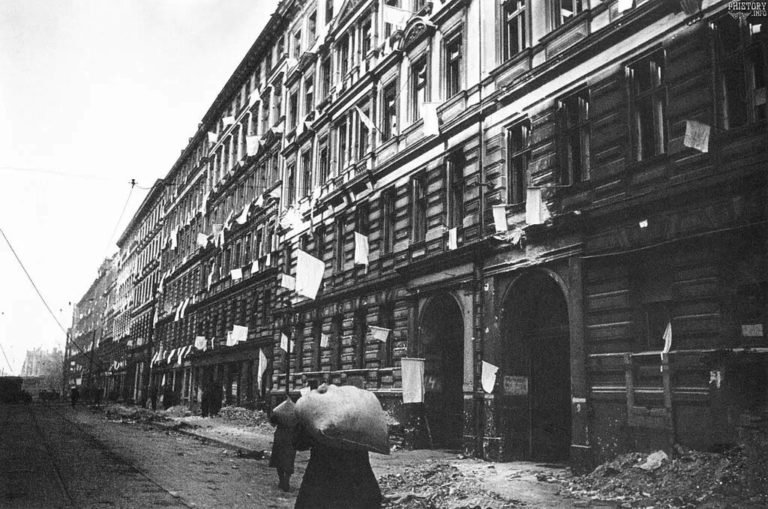
Did The Second World War End In Berlin? – Mythbusting Berlin
When is a war ever truly over? When the last shot is fired in anger would seem like the best measure. Rarely, though, is it possible to gain insight into such a moment.
Remarkably, a record still exists of such a moment at the end of the First World War on the Western Front. A seismic register and recording of the last belching battery of British guns firing artillery across no-man’s-land, followed by a profound
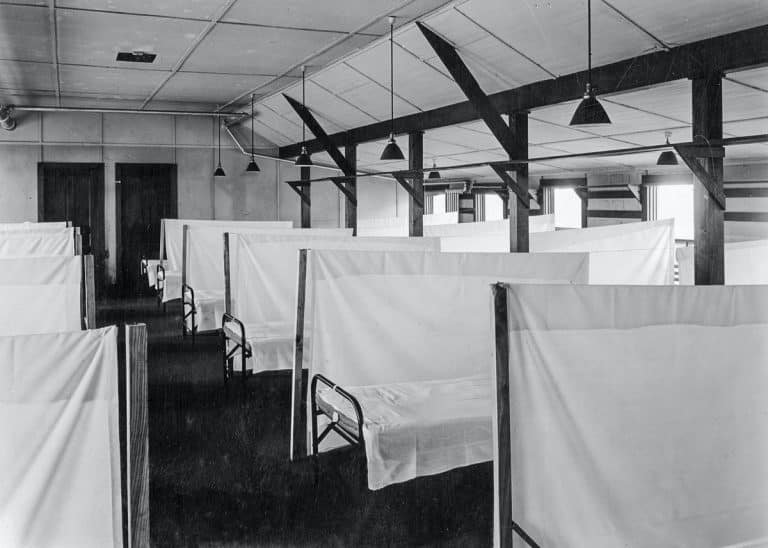
Did The Spanish Flu Pandemic Help The Nazis Take Power? – Mythbusting Berlin
The devastating Spanish Flu pandemic of 1918-1919 struck amid Germany’s post-war turmoil, compounding social instability, economic hardship, and widespread political disillusionment. Could this catastrophic health crisis have indirectly paved the way for Nazi ascension? While often overshadowed by war and revolution, the pandemic’s profound psychological and societal impacts arguably contributed to the perfect storm, enabling extremist ideologies—including Nazism—to gain popularity and ultimately seize power in a fractured Germany.

How Many Assassination Attempts On Adolf Hitler Were There? – Mythbusting Berlin
Nazi leader, Adolf Hitler, projected an aura of invincibility, a man of destiny shielded by providence. But behind the carefully constructed image of the untouchable Führer lies a story of constant threat, of bombs that failed to detonate, and errant bullets that missed their mark. Unearth the hidden history of the numerous attempts on Hitler’s life as we explore the courage of those who tried to change the course of history and the devil’s luck
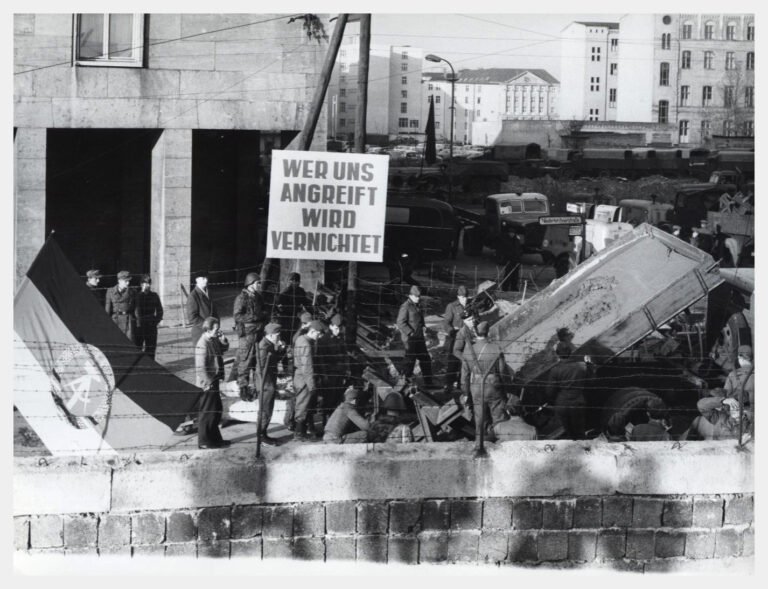
How Many People Died Trying To Escape East Germany? – Mythbusting Berlin
The image of the Berlin Wall is seared into our collective memory, a concrete symbol of Cold War oppression. We think of the daring escapes and the tragic deaths of those who failed. But that well-known number is only a fraction of the truth. The story of those who died trying to escape East Germany is far broader and more complex than most imagine, stretching along a thousand-kilometer border and out into the cold waters
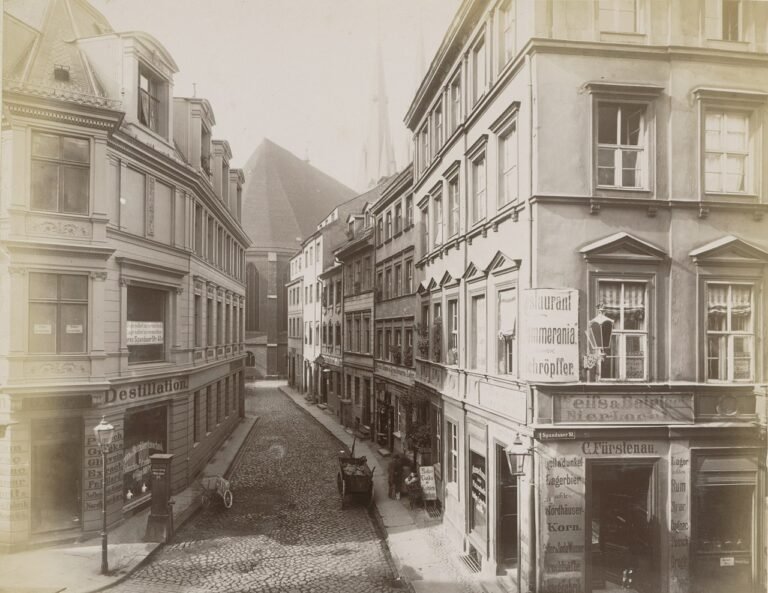
How Old Is Berlin? – Mythbusting Berlin
A relatively new arrival in Europe, Berlin is over 1000 years younger than London, nevermind Rome or Athens, Jerusalem or Jericho. Just how old is Berlin though?
A question fraught with false assumptions and distortions – that has more often than not been answered with propaganda as it has with the cold hard truth.
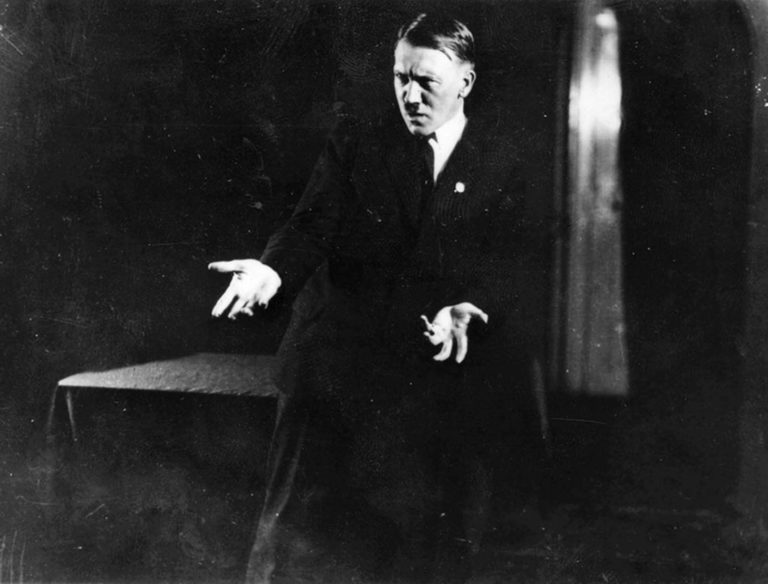
Was Adolf Hitler A Drug Addict? – Mythbusting Berlin
Solving the enigma of the ‘Führer’ has become a preoccupation for many, since the arrival of the Austrian-German onto the world stage – although moving beyond the mythology without falling into the trap of prejudically extrapolating on the psychopathography of Hitler or demonising so as to excuse his actions has proven problematic. What to make of the man who became more than the sum of his masks? The painter; the military dilettante, the mass murderer,

Was Adolf Hitler Gay? – Mythbusting Berlin
In the shadowy corridors of Third Reich history, few questions provoke as much tabloid curiosity and scholarly exasperation as the sexuality of Adolf Hitler. For decades, rumors have swirled—whispered by political enemies in 1930s Munich, psychoanalyzed by American spies in the 1940s, and sensationalized by revisionist authors today. Was the dictator who condemned thousands of men to concentration camps for “deviant” behavior hiding a secret of his own? By peeling back the layers of propaganda,
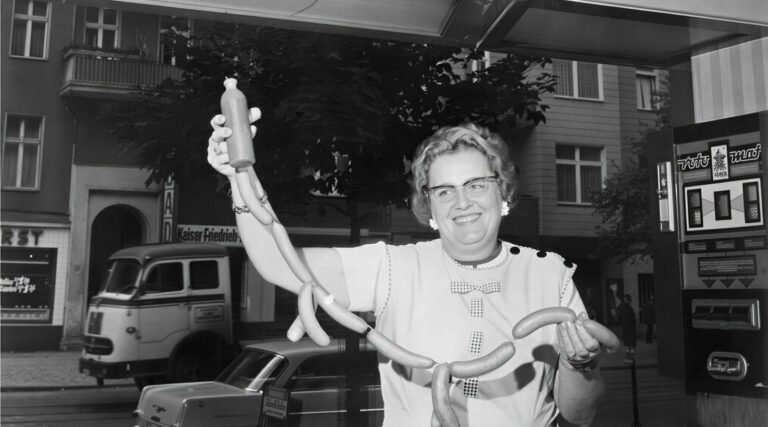
Was Currywurst Invented In Berlin? – Mythbusting Berlin
Explore the story behind what many consider Berlin’s most iconic snack—the ever-so-humble Currywurst. Often hailed as an enduring symbol of culinary creativity amid Cold War scarcity, this humble dish has inspired fierce debate about its true origin. But was it genuinely invented here in Berlin, or have proud locals simply adopted and elevated this spicy street-food favorite into legendary status all their own?

Was Fanta Invented By The Nazis? – Mythbusting Berlin
As one of the most secretive organisations in the world, the Coca Cola corporation refuses to share its secret recipe with anyone. Famously insisting only on shipping the base syrup of its drinks to plants around the world to be carbonated and distributed.
This combined with the trade limitations of the Second World War may have led to the introduction of one of the most popular soft-drinks in the world. But could it be true:
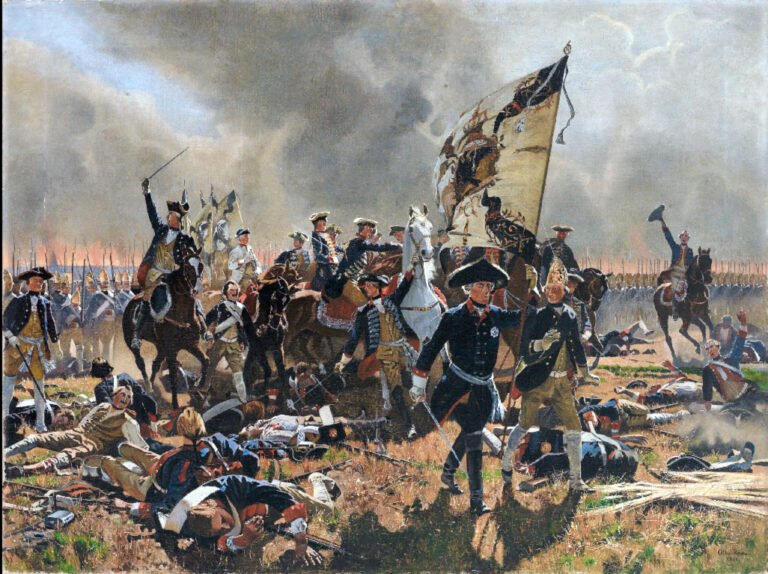
Was Frederick The Great Gay? – Mythbusting Berlin
Frederick II of Prussia, better known as Frederick the Great, is often remembered as the archetypal enlightened monarch – a brilliant military commander, patron of the arts, and learned philosopher. Yet behind the stern portraits of this 18th-century warrior-king lies a personal life long shrouded in intrigue and speculation. Intrigue around the king’s sexual orientation has persisted through the centuries, chiefly revolving around one question: Was Frederick the Great gay?









